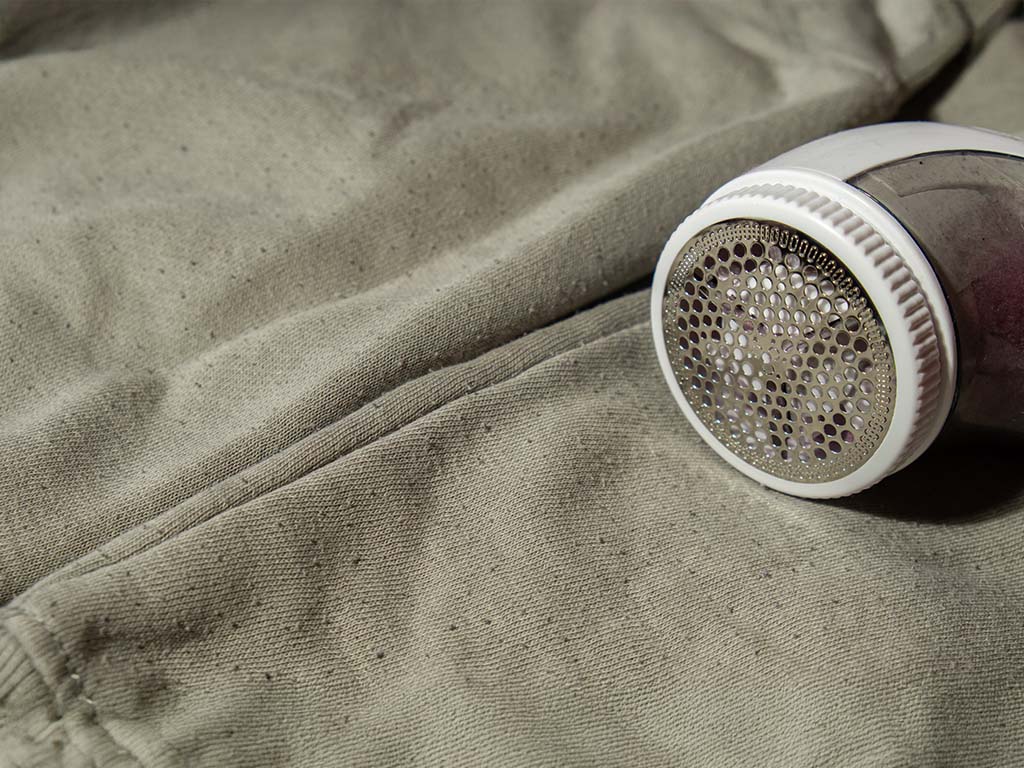
Spring cleaning also means “turning over” your wardrobe and checking winter clothes before storing them away for their summer rest. One of the most common issues that appear during wear is lint. These small, annoying fibre balls that form on the surface of fabrics can seriously affect the look of your clothing. Fortunately, there are many effective ways to get rid of them. This article will guide you through various tips and tricks to help you remove lint depending on the type of material your clothing is made from.
Why Does Lint Form?
These small balls form due to friction between the fibres of the fabric. They can appear while wearing clothes, during washing, or when drying. Lint most often shows up in areas exposed to the most stress—such as sleeves, seat areas of pants, or the back of a T-shirt. They are most common on materials that contain short fibres, such as synthetic fabrics.
Tips and Tricks for Removing Lint
There are several different methods you can use to remove lint—ranging from simple home solutions to special devices. Let’s take a look at some of them.
a) Lint Remover
This small device is one of the most effective ways to get rid of lint. It has sharp blades that trim lint from the surface of the fabric. It’s quick, efficient, and safe for most materials. Just follow these simple steps:
- Place the clothing on a flat surface.
- Turn on the lint remover and gently press it against the fabric.
- Move it across the entire surface of the garment. The lint will be caught and trimmed away.
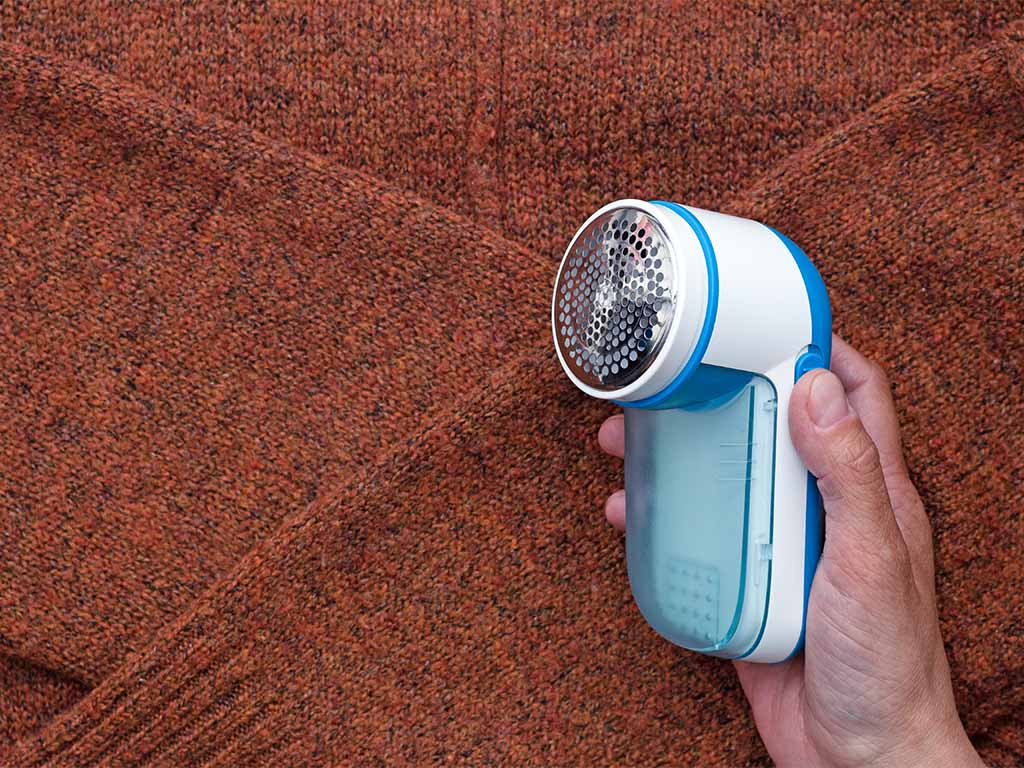
This tool is especially effective on synthetic fabrics or materials prone to pilling.
b) Razor
If you don’t have an electric lint remover, you can resort to manual methods. Some people use a gentle razor. However, use it very carefully to avoid damaging the clothing:
- Turn on the razor and gently glide it over the lint.
- Be cautious and don’t let the razor stay in one spot for too long, as this could damage the fabric.
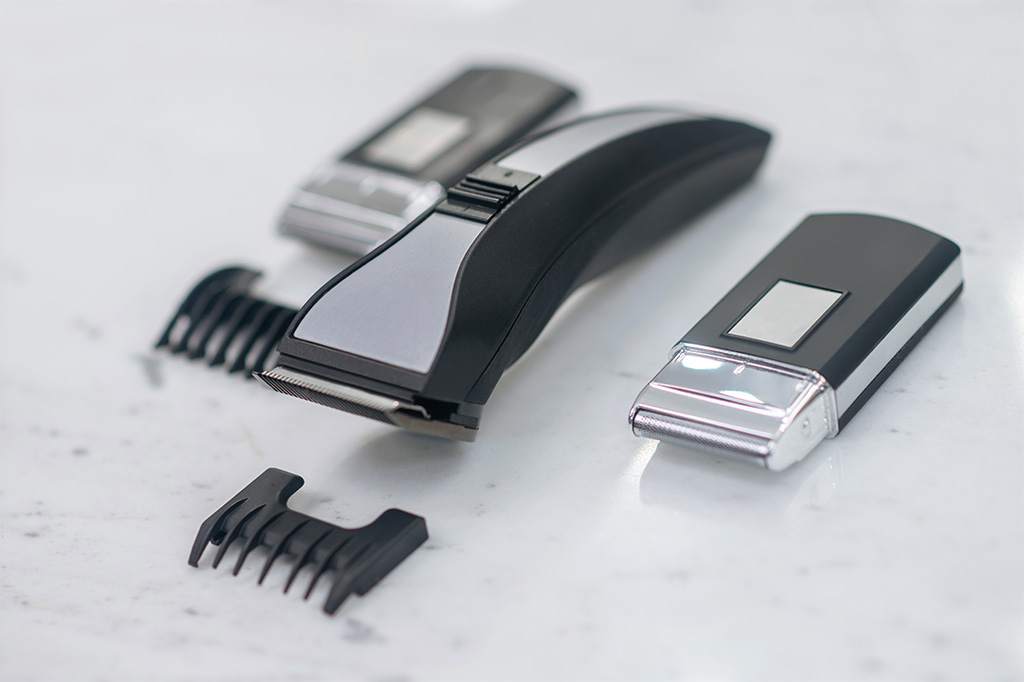
c) Adhesive Tape
Adhesive tape is a very simple and affordable way to remove lint from clothing. This trick is especially useful for delicate materials that could be damaged by other tools.
- Tear off a piece of adhesive tape.
- Gently press the tape onto the area with lint.
- Carefully peel the tape away.
- The lint will come off with it.
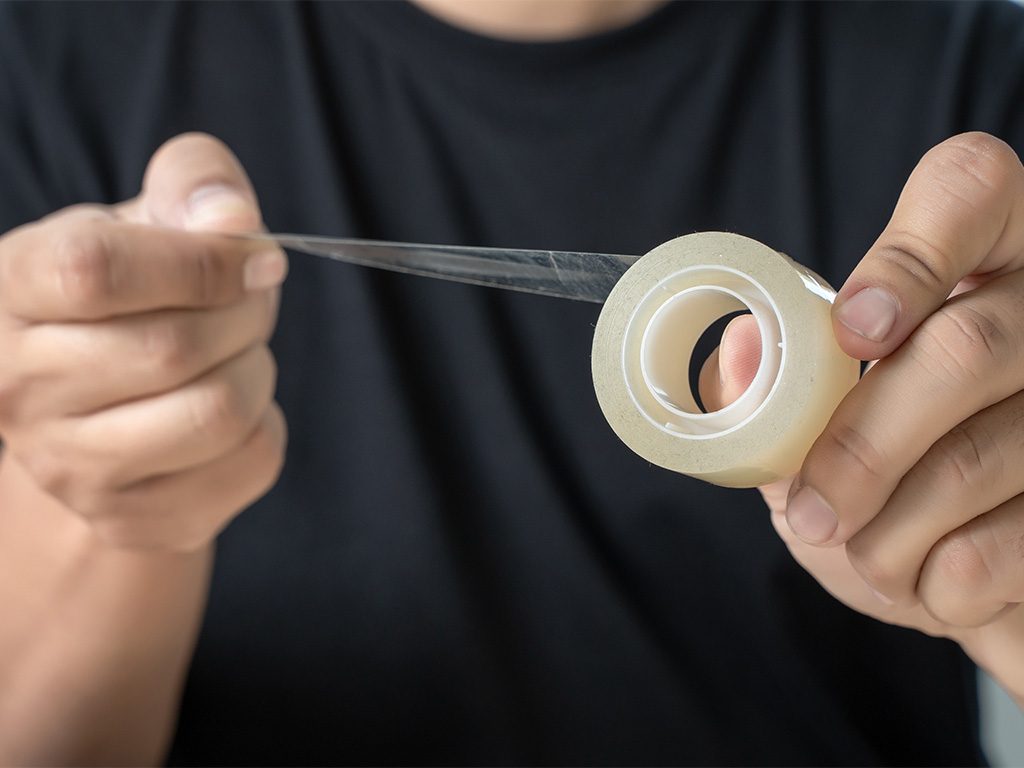
d) Clothes Brush
A clothes brush is another great tool that can help you remove lint without damaging the fabric. You can find one in textile stores or at home goods retailers. Although it's primarily designed for removing dust, small debris, and hair, it can also help get rid of more noticeable lint.
- Place the clothing on a flat surface.
- Gently brush the area with lint. Use short, gentle strokes.
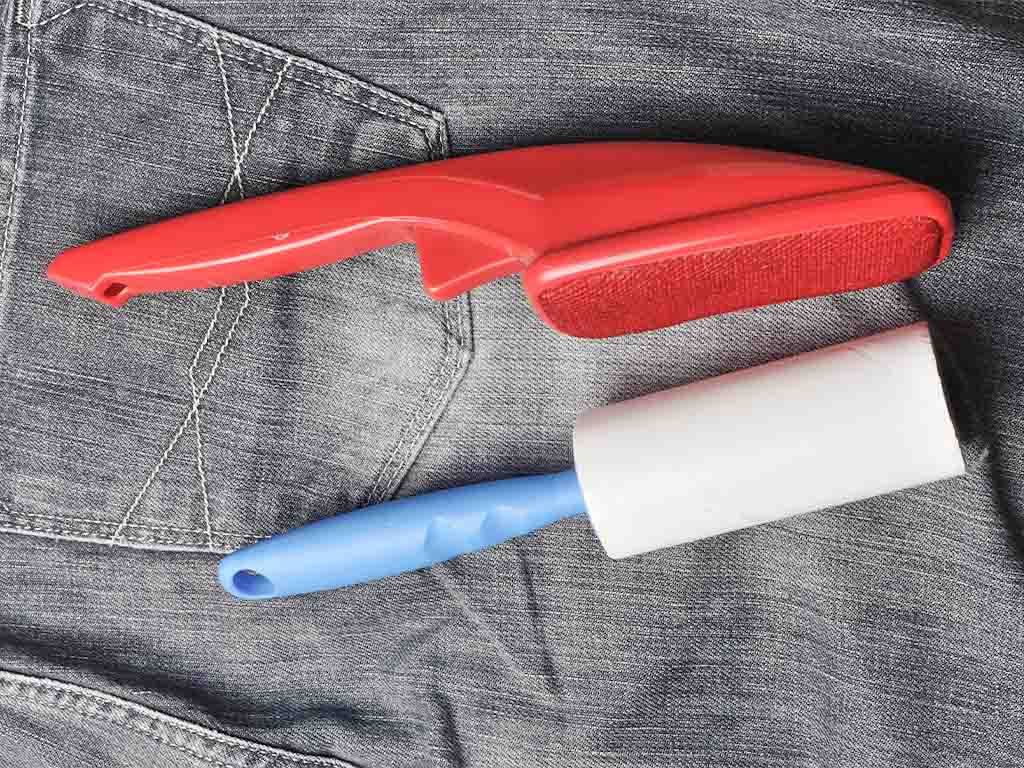
Removing Lint Based on Material: How to do it?
Each material requires a different approach when it comes to lint removal. If you're not sure what material you're dealing with, try checking the label with the washing symbols.
a) Cotton
Cotton is prone to pilling, especially with frequent washing. However, compared to synthetic fibers, it is much more durable because its fibers are longer and smoother. Here are the best ways to deal with lint that may appear on cotton clothing:
- Use an electric lint remover, which is ideal for cotton fabrics.
- You can also try adhesive tape or a lint brush, but be careful not to damage the fabric.
Tip: As a preventive measure – try washing your clothes inside out, avoid using fabric softener, and don’t over-spin them in the washing machine.
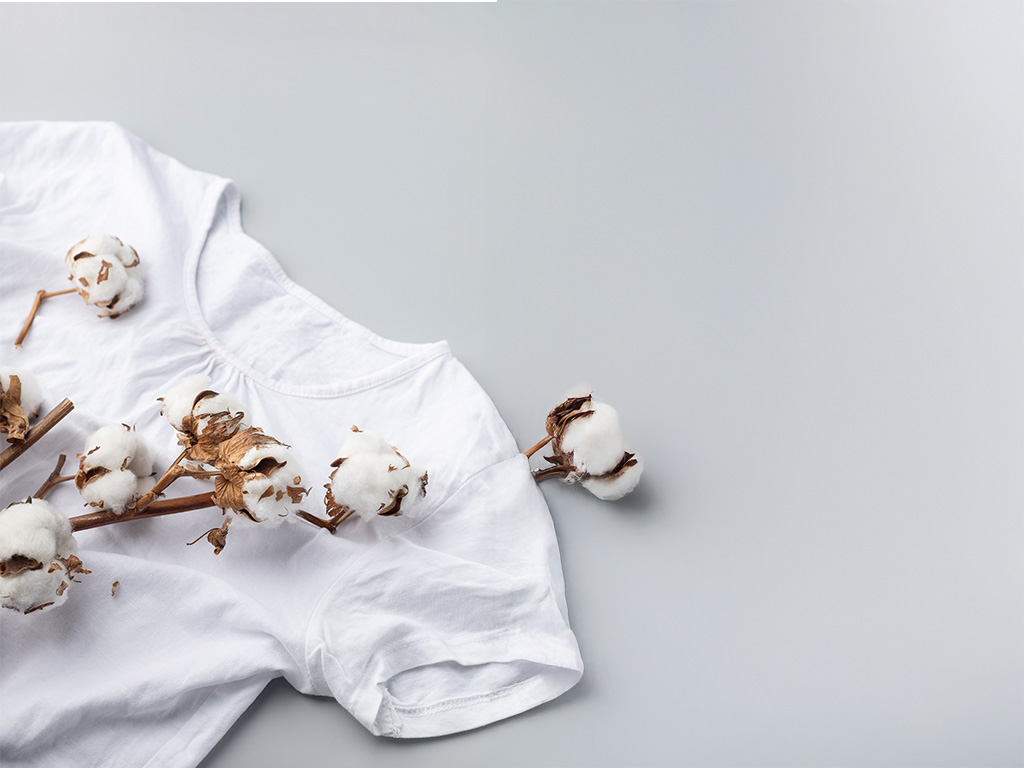
b) Wool
Wool is one of the natural fabrics that is less prone to pilling. However, pills can still form, especially with frequent wear. To remove pilling from this material:
- Use a fabric shaver that is gentle on delicate fibres.
- Brushing is also effective for wool. Use a soft brush to avoid damaging the wool’s texture.
- Washing garments inside out and using the hand wash cycle on your washing machine — or washing by hand — can help minimise the formation of pills.
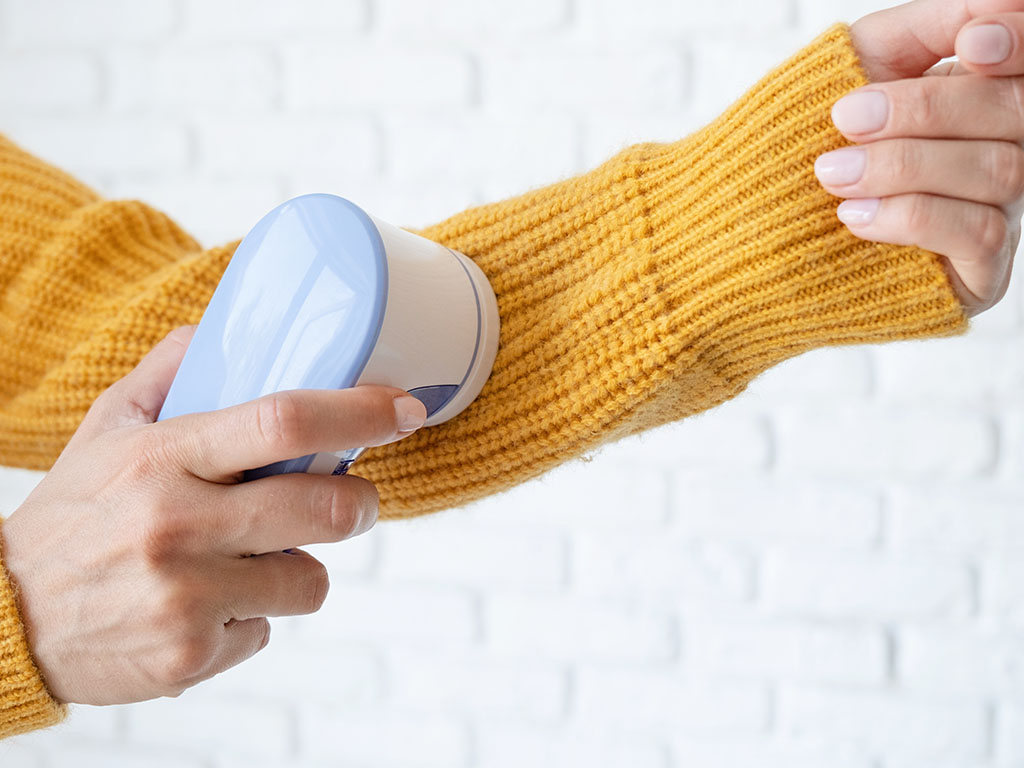
c) Synthetic materials (polyester, nylon, spandex)
Synthetic fabrics are quite prone to pilling. They have short fibres that, with wear and friction, loosen and tangle into small knots. These materials have low breathability and are less resistant to wear and tear. To remove pilling from synthetic fabrics, try the following:
- An electric fabric shaver is the ideal solution. It’s quick and effective.
- For more delicate fabrics, use sticky tape that doesn’t leave residue.
- Clothes brushes are another option, though they’re generally less effective.
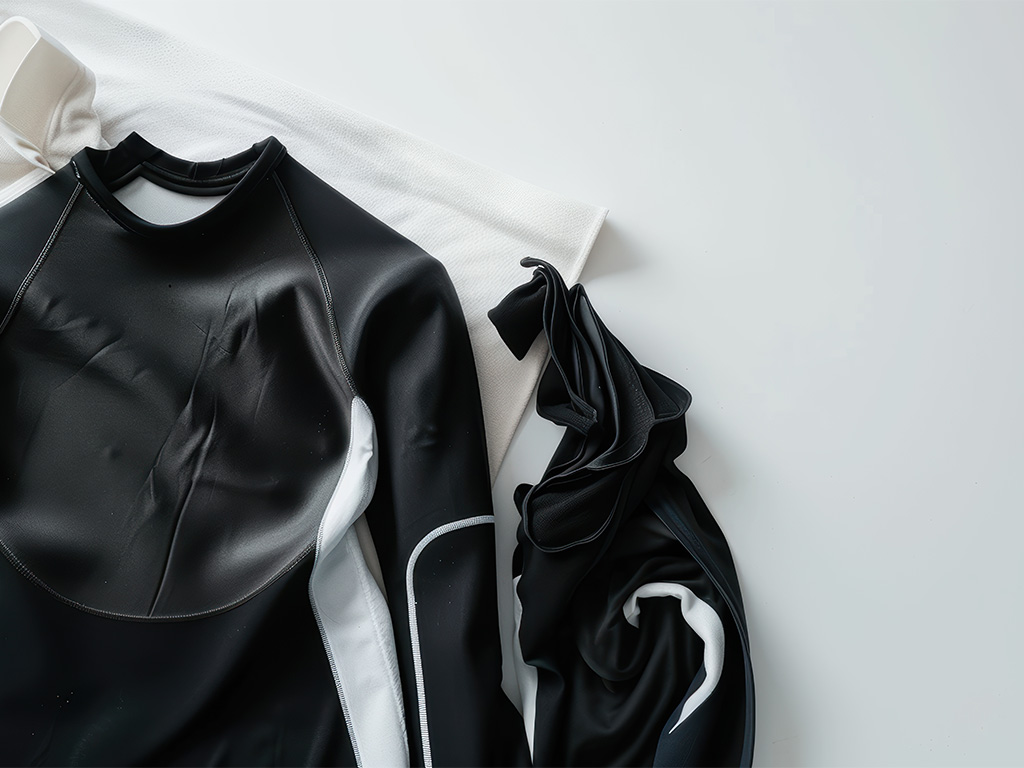
d) Fabrics with elastane (e.g. jeans with elastane)
While elastane offers comfort and stretch, it can contribute to pilling. When elastane is blended with cotton, the cotton releases fibres that stick to the elastane, forming clumps. Pilling also occurs during washing—especially at high temperatures—and when using fabric softener, which leaves an unwanted film on clothing. If you want your laundry to smell amazing, use laundry perfume instead to remove pilling, we recommend::
- Using a fabric shaver to gently remove the pills.
- Washing clothes inside out and at lower temperatures to reduce pilling formation.
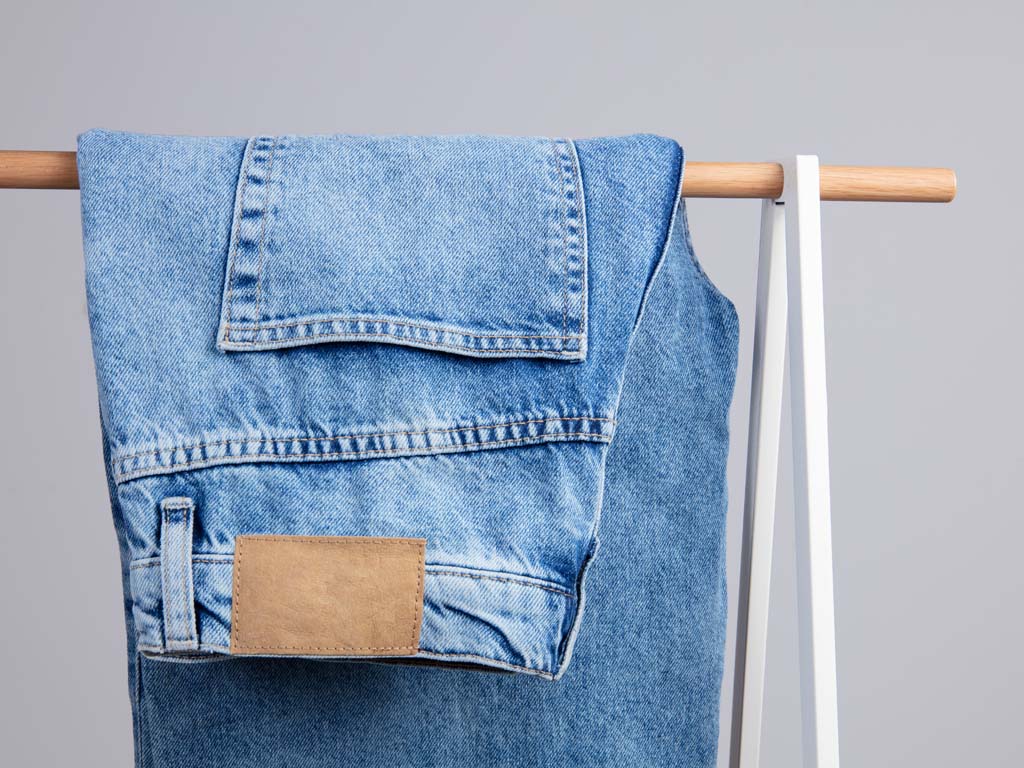
How to Prevent Pilling?
To avoid pilling, you can take the following steps:
- Choose high-quality clothing: Better-quality fabrics tend to pill less.
- Use detergents and laundry gels without bleach: Bleaching agents can damage fibres and increase pilling.
- Wash inside out and use gentle cycles: Lower-temperature washes reduce friction between fibres.
- Use laundry bags: These protective mesh bags can help prevent delicate garments from rubbing against the metal drum of the washing machine.
- Use laundry perfume instead of fabric softener: Laundry perfumes are gentle on all types of materials and, unlike fabric softeners, do not contribute to pilling.
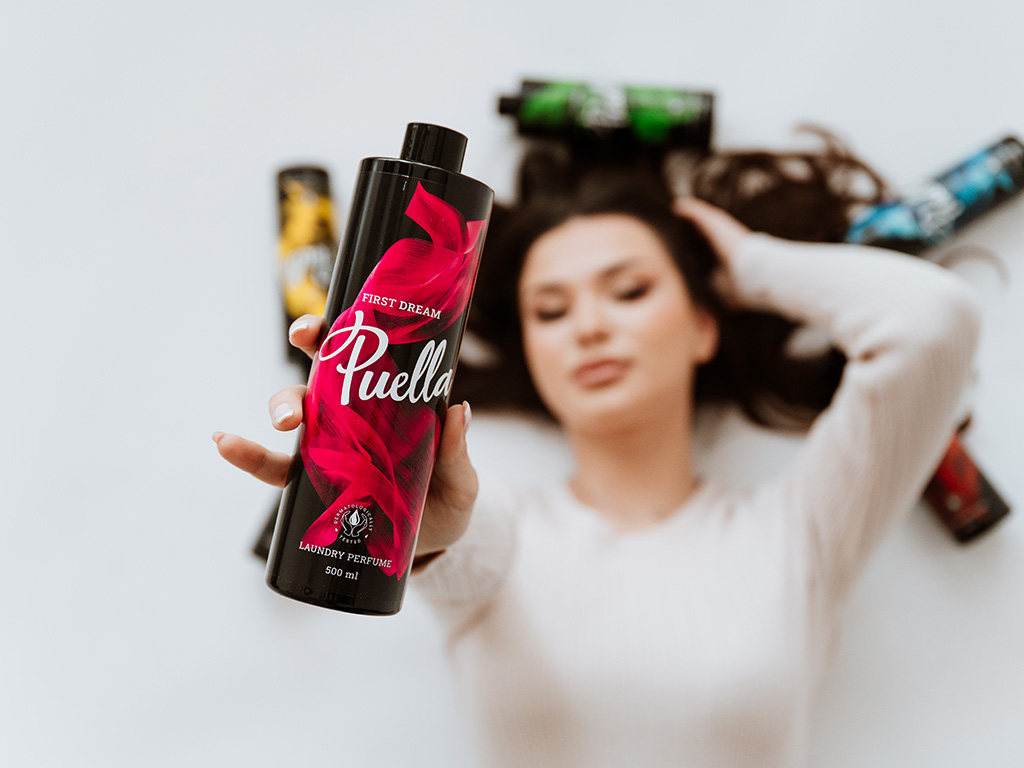
Removing pilling from clothes doesn’t have to be difficult—if you know how to do it. The right tools, techniques, and proper care for different fabrics can extend the life of your favourite pieces and keep them looking great even after many washes. Whether you’re using an electric fabric shaver, sticky tape, or a lint brush, be gentle and patient in the process.
